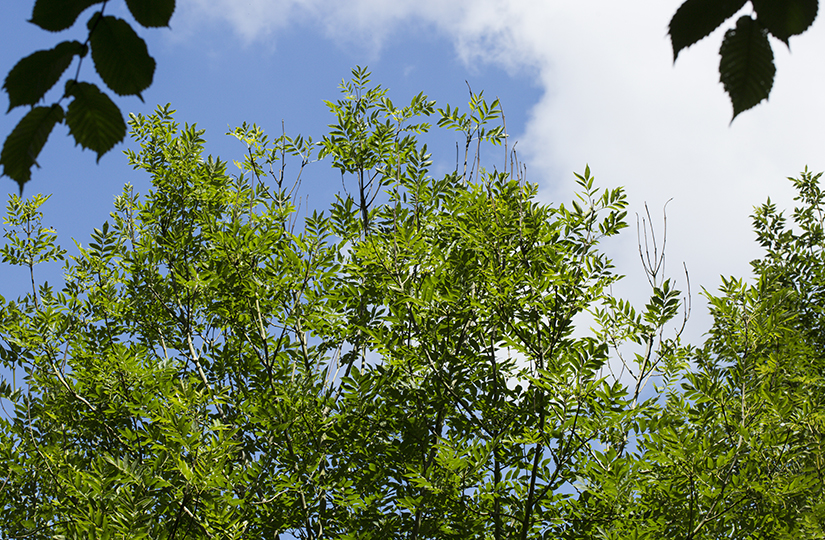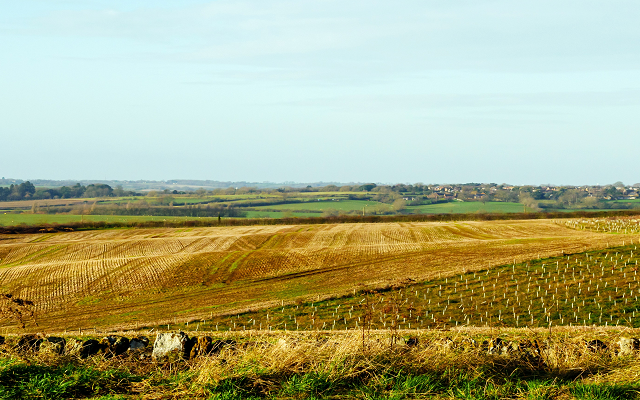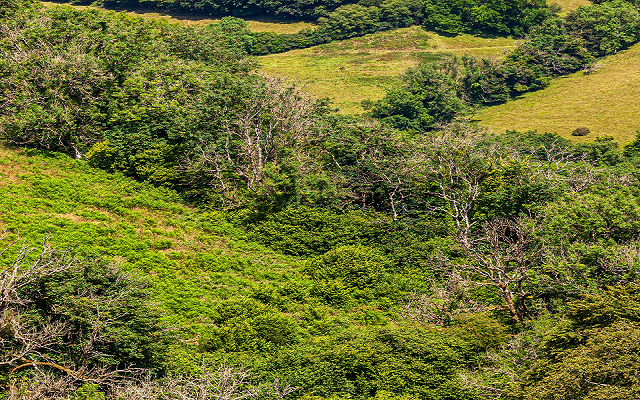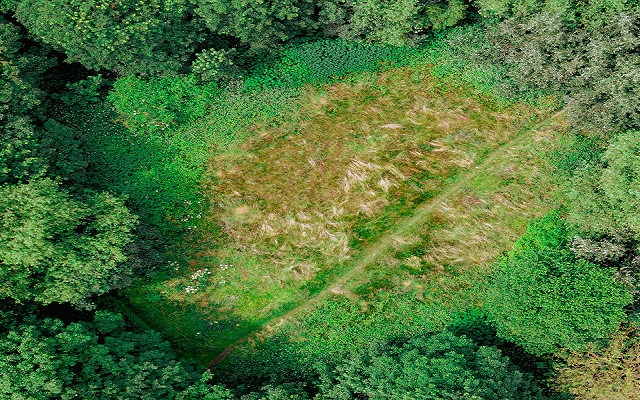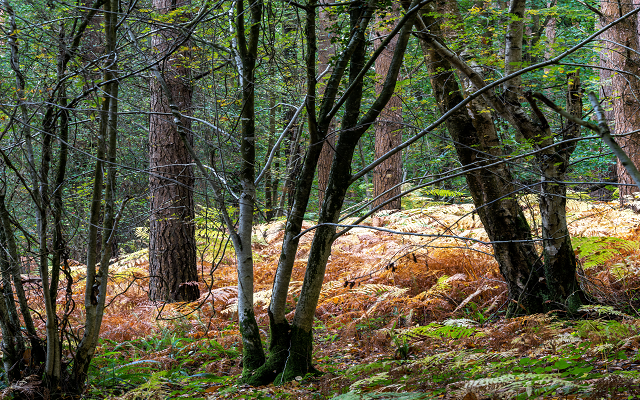Ash dieback advice for landowners
Managing ash dieback has become a pressing problem for an increasing number of landowners who own woodland. Ash dieback is caused by the fungus Hymenoscyphus fraxineus. Originally imported on infected plants in 2012, it has become widespread across most of the UK with the East of England and Scotland being worst hit.
Symptoms of ash dieback
Symptoms vary between young and mature crops but include:
- Leaf wilting
- Diamond shaped black lesions on the stem/branch
- Extensive crown dieback (more pronounced in older trees)
- Staining and discolouration of wood/timber
- Close association with other fungal pathogens (e.g. honey fungus)
- Structural degradation over time of branch, stem and roots
Will all ash trees die?
It is not known what will be left of the UK’s ash population, but estimates of 80% mortality are widely accepted. Mortality will vary depending on the age of tree and the level of infection in the surrounding area. There is likely to be some natural resistance but the level of this is currently unknown.
Does ash dieback affect other tree species?
So far, only ash native to the UK and other ornamental varieties are known to be significantly affected.
What are the management implications?
Infected trees along a roadside or in areas where there is public access need to be managed with health and safety as priority. Infected trees lose their structural integrity and so become unstable, which means they need to be monitored carefully and pruned or felled where there is a risk to safety.
Large-scale ash woodlands need a varied management approach, which could involve premature clear fell or heavy thinning.
Whatever the appropriate course of action there will be cost implications for the landowner.
Is there grant funding to help with managing ash dieback?
There is no funding for the felling and removal of ash. However, timber revenues can help offset this or even turn a profit.
There is funding for replanting woodland affected by ash dieback through the Countryside Stewardship Scheme (CSS). The Woodland Tree Health Restoration Grant is part of CSS and provides support for restocking woodland after felling due to a tree health issue. Payments are capped at between £1,750 – £3,500/ha depending upon the restock species planted and whether the site is classed as ancient woodland or not.
Where can I get help on managing ash dieback?
The right approach will depend on the age of a woodland, mix of trees, the extent of infection, along with a landowner’s own objectives and whether the wood is being managed for timber production.
The general principle is that with mature stands (over 25 years) it is best to deal with trees on an individual basis as much as possible, removing trees which show more that 50% of the crown is infected or basal lesions.
For young stands of pure ash, there may be an argument to clear fell.
Other points to be considered include whether a felling licence is required or if any trees are subject to a Tree Preservation Order or located in Site of Special Scientific Interest.
The Forestry Commission has produced a useful decision tool diagram (see p9) which helps guide you towards the right course of action..
For larger areas of ash woodland (over 10 acres), John Clegg & Co can provide advice on clear fells. Please contact us and we can provide advice and consultancy services as required.
For advice on dealing with ash dieback in smaller areas of mixed woodland, contact your local Strutt and Parker office.
